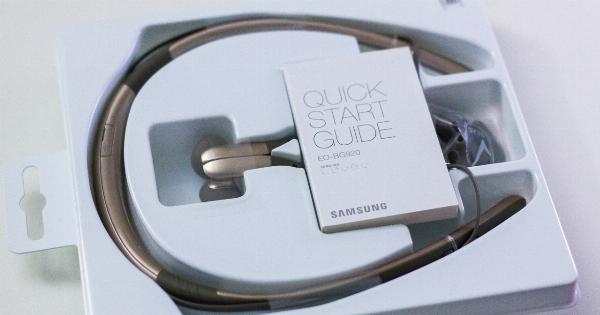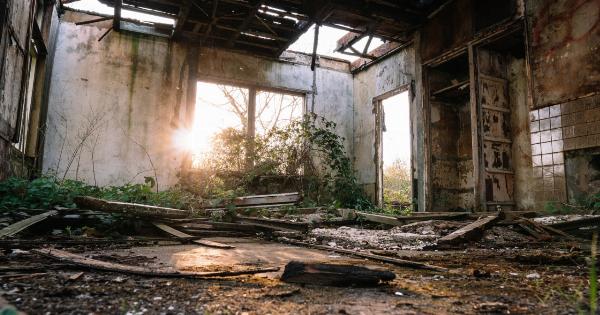Bile is a fluid produced in the liver that helps in the digestion process. It is stored in the gallbladder and released into the small intestine via the bile duct.
However, when there is a problem with the production, storage, or release of bile, it can cause a range of symptoms. In this article, we will discuss the various bile symptoms and how to identify them.
Gallstones
Gallstones are hardened deposits of bile that can develop in the gallbladder. These stones can cause a blockage in the bile duct, which can result in severe pain in the upper abdomen, back, or right shoulder.
Other symptoms of gallstones include nausea, vomiting, fever, and jaundice. If left untreated, gallstones can lead to inflammation of the gallbladder, pancreatitis, or even be fatal.
Bile Reflux
Bile reflux is a condition where bile flows back into the stomach instead of moving into the small intestine. This can cause irritation and inflammation in the stomach lining, leading to symptoms such as heartburn, nausea, and vomiting.
Bile reflux can also cause a bitter taste in the mouth, a sore throat, and a persistent cough.
Cholecystitis
Cholecystitis is an inflammation of the gallbladder caused by gallstones or other factors. The symptoms of cholecystitis include severe pain in the upper right side of the abdomen, fever, and nausea.
The pain may be accompanied by vomiting, and the abdomen may feel tender to the touch.
Jaundice
Jaundice is a condition where the skin and whites of the eyes turn yellow due to the buildup of bilirubin, a yellow pigment in the bile. This can occur when the liver is not functioning properly or when the bile duct is blocked.
Other symptoms of jaundice include dark urine, pale-colored stools, fatigue, and itching.
Cholangitis
Cholangitis is an infection of the bile duct caused by bacteria that travel up from the intestine. Symptoms of cholangitis include severe pain in the upper right side of the abdomen, fever, and chills.
The skin may also turn yellow, and the urine may become dark in color.
Biliary Dyskinesia
Biliary dyskinesia is a condition where the gallbladder does not contract properly, leading to a buildup of bile. This can cause symptoms such as nausea, bloating, and abdominal pain. Biliary dyskinesia may also cause jaundice and clay-colored stools.
Cholelithiasis
Cholelithiasis is the formation of gallstones in the gallbladder. The symptoms of cholelithiasis are similar to those of gallstones, including severe pain in the upper abdomen, fever, and nausea.
Bile Duct Cancer
Bile duct cancer is a rare type of cancer that begins in the cells lining the bile ducts. Symptoms of bile duct cancer include jaundice, abdominal pain, and weight loss. Other symptoms may include fever, itching, and clay-colored stools.
Acute Pancreatitis
Acute pancreatitis is a condition where the pancreas becomes inflamed due to the leakage of digestive enzymes from the pancreas into the surrounding tissue. This can occur when the bile duct is blocked by gallstones or other factors.
Symptoms of acute pancreatitis include severe pain in the upper abdomen, nausea, vomiting, and fever.
Conclusion: Bile Symptoms
If you are experiencing any of the symptoms described above, it is important to seek medical attention immediately. Bile symptoms can be a sign of a serious condition that requires prompt treatment.
Your doctor may perform diagnostic tests such as blood tests, imaging studies, or endoscopy to determine the cause of your symptoms. With proper diagnosis and treatment, most bile-related conditions can be managed successfully.






























